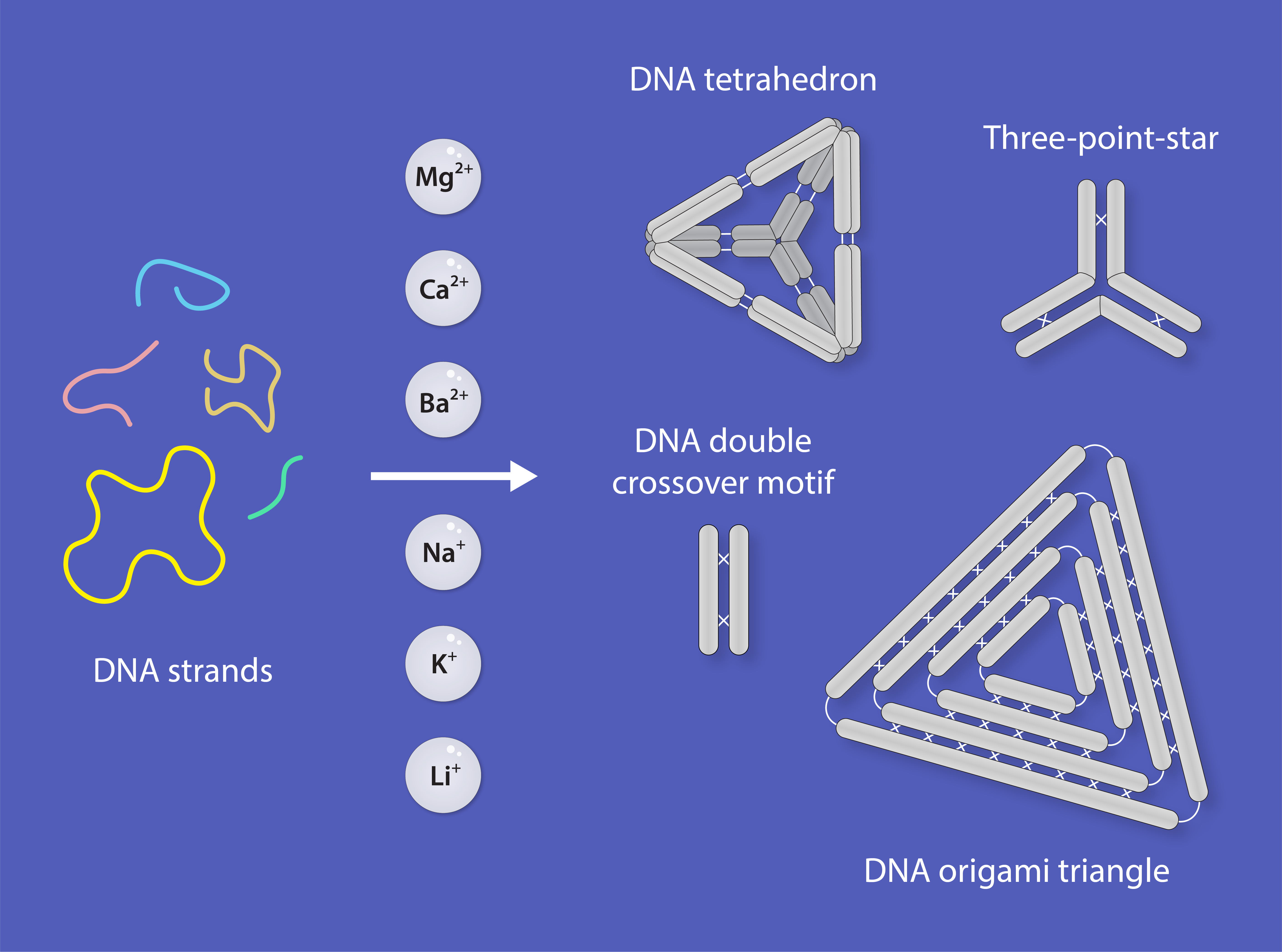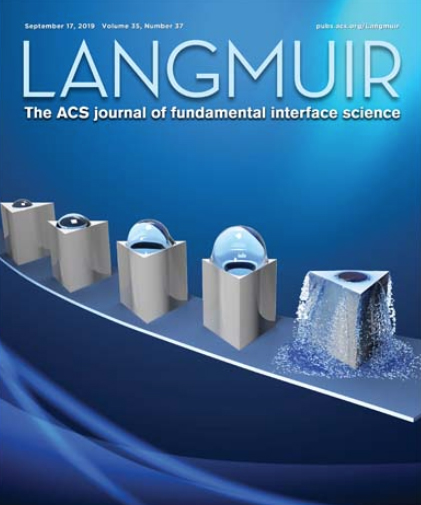UC San Diego researchers have created an array of nanopillars that can breach the nucleus of a cell—the compartment that houses our DNA—without damaging the cell’s outer membrane. This new “gateway into the nucleus” could open new possibilities in gene therapy, where genetic material needs to be delivered directly into the nucleus, as well as drug delivery and other forms of precision medicine.
Tag: Nanostructrues
Nanosized blocks spontaneously assemble in water to create tiny floating checkerboards
Researchers have engineered nanosized cubes that spontaneously form a two-dimensional checkerboard pattern when dropped on the surface of water. The work, published in Nature Communications, presents a simple approach to create complex nanostructures through a technique called self-assembly.

RNA Institute Researchers Advance DNA Nanostructure Stability
Researchers at the University at Albany’s RNA Institute have demonstrated a new approach to DNA nanostructure assembly that does not require magnesium. The method improves the biostability of the structures, making them more useful and reliable in a range of applications.

Shape affects performance of micropillars in heat transfer
A Washington University in St. Louis researcher has shown for the first time that the shape of a nanostructure has an effect on its ability to retain water.